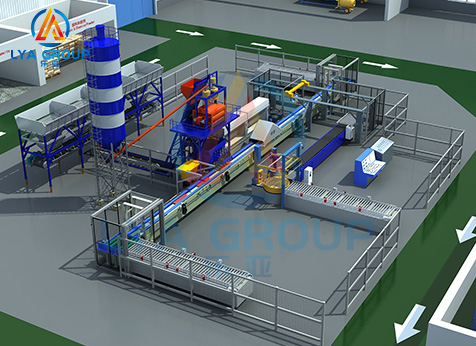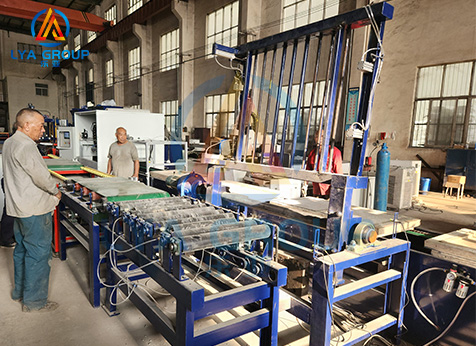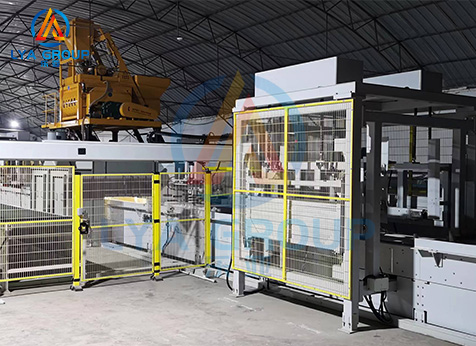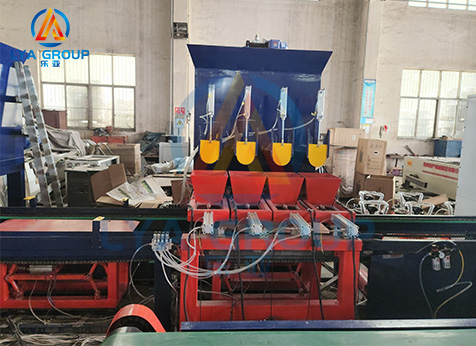When it comes to fully automated wet pouring production lines, here’s more information to know:
Mixing and batching system: Fully automatic wet material pouring production lines usually include mixing and batching systems for mixing raw materials and additives to prepare wet materials. These systems often employ automated controls to ensure the uniformity and quality of the mixture.


Conveying system: The conveying system in the fully automatic wet material pouring production line is used to transport the wet material from the mixing and batching system to the pouring point. These systems can include conveyor belts, screw conveyors, bucket conveyors, etc., with automated control and adjustment functions to ensure accurate delivery and flow of wet materials.
Mold system: Fully automatic wet material pouring production lines usually use molds to form the wet material into the desired shape and size. Mold systems can include automated mold loaders, mold transfer systems and mold cleaning systems to improve production efficiency and mold life.
Quality control and testing: Fully automatic wet pouring production lines are usually equipped with quality control and testing systems to ensure that the products meet the required quality standards. These systems can include online measuring equipment, automated weighing equipment, visual inspection systems, etc., used to monitor the composition, density, size and appearance of wet materials.


Automated palletizing and packaging: The final stage of the production line often includes automated palletizing and packaging systems for stacking and packaging finished products. These systems can automate operations based on product size and stacking requirements, increasing efficiency and ensuring product safety and neatness.
Maintenance and maintenance: The fully automatic wet material pouring production line also requires regular maintenance and upkeep to ensure the normal operation of the equipment and extend its service life. This includes maintenance operations such as regular inspections, lubrication and replacement of worn parts, as well as repairs and troubleshooting.
Cost effectiveness and return on investment: The investment cost of a fully automatic wet material pouring production line is relatively high, but it can bring long-term cost effectiveness and return on investment by improving production efficiency, reducing labor costs and ensuring product quality.